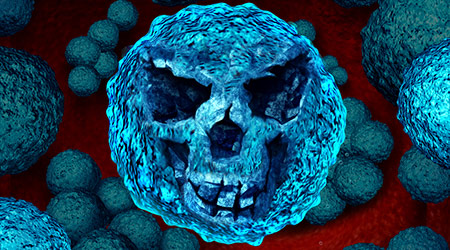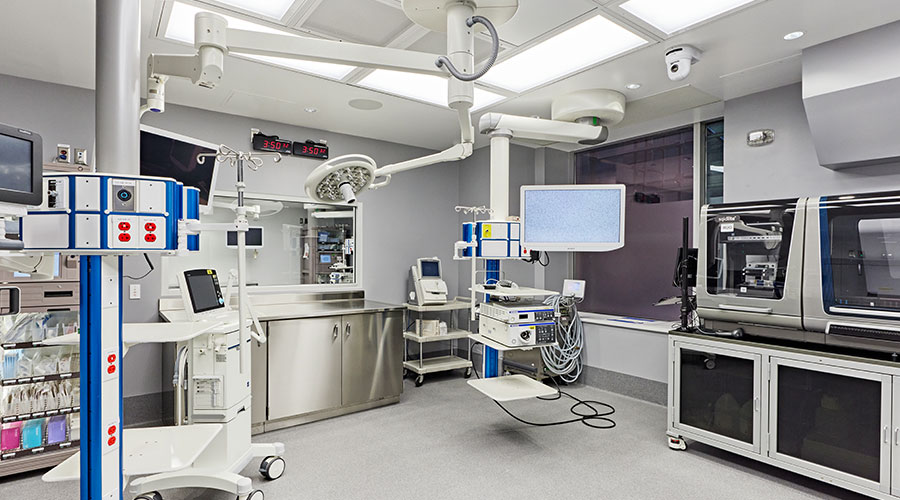C. auris can also survive for weeks outside a patient—on sinks and mattresses, door knobs and bedside tables. To eradicate it after one patient died, a hospital in Brooklyn even had to remove some of the ceiling and floor tiles in his room, according to an article on the Slate website.
Such extreme steps are rare. According to the Centers for the Disease Control and Prevention, hospitals can usually manage outbreaks by paying more attention to cleaning the environment and equipment around a patient.
The hospital’s standard quaternary ammonium compound—a common antimicrobial cleaner that kills many bacteria, fungi, amoebas, and viruses—is used for everyday cleaning and works most of the time.
For the viruses (such as noroviruses) and bacteria (such as the very-long-living Clostridioides difficile) that survive, the hospital can use a bleach-based cleaner or other disinfectant known to kill specific organisms.

 Thousands of Healthcare Workers Laid Off
Thousands of Healthcare Workers Laid Off Construction Tops Off at Hackensack Meridian Health and Wellness Center
Construction Tops Off at Hackensack Meridian Health and Wellness Center 8 Operational Considerations for All-Electric Central Plants
8 Operational Considerations for All-Electric Central Plants Novant Health Breaks Ground on New Facilities in South Carolina
Novant Health Breaks Ground on New Facilities in South Carolina Building an Organ Regeneration Lab at UHN's Toronto General Hospital
Building an Organ Regeneration Lab at UHN's Toronto General Hospital